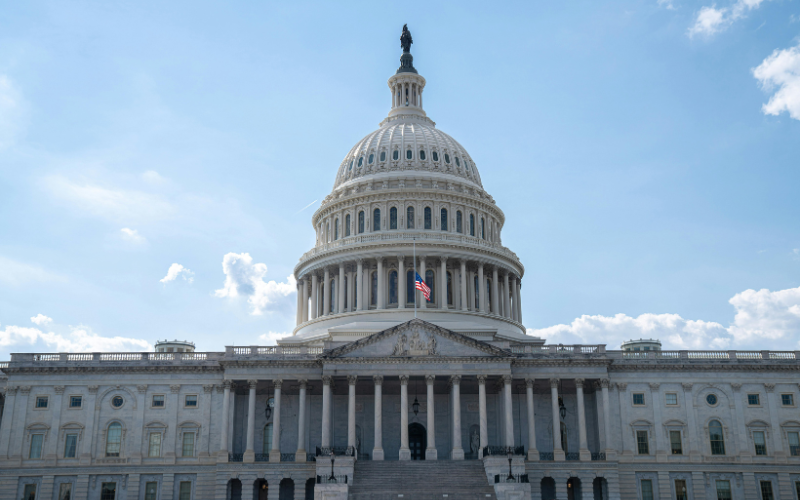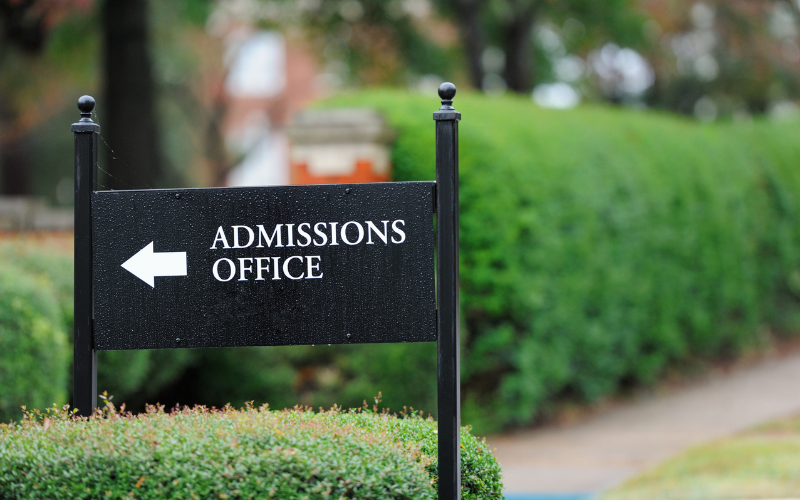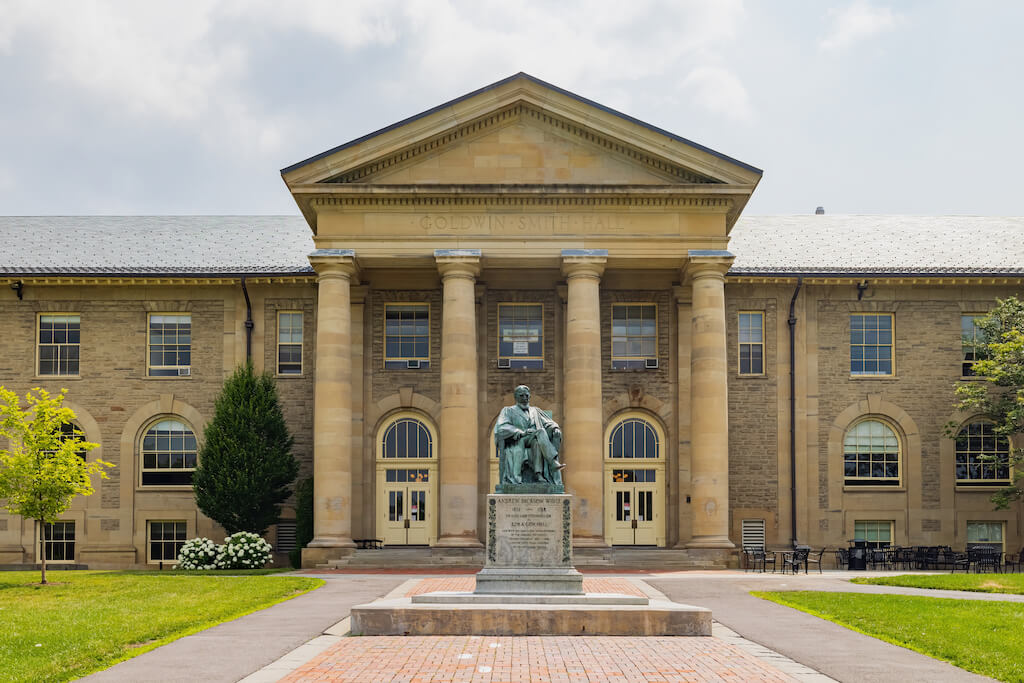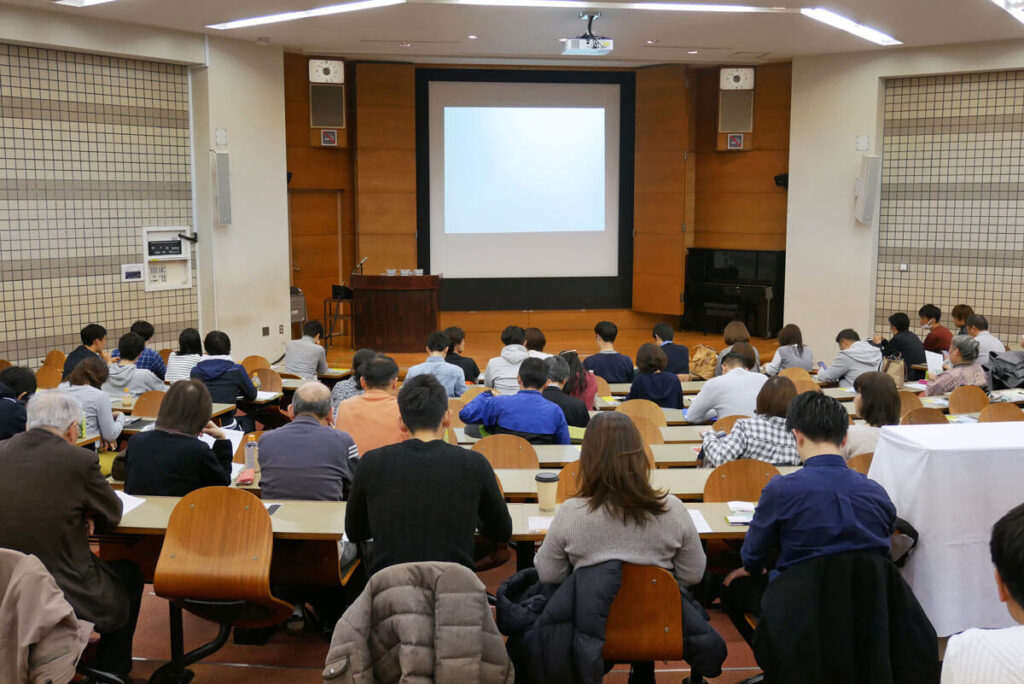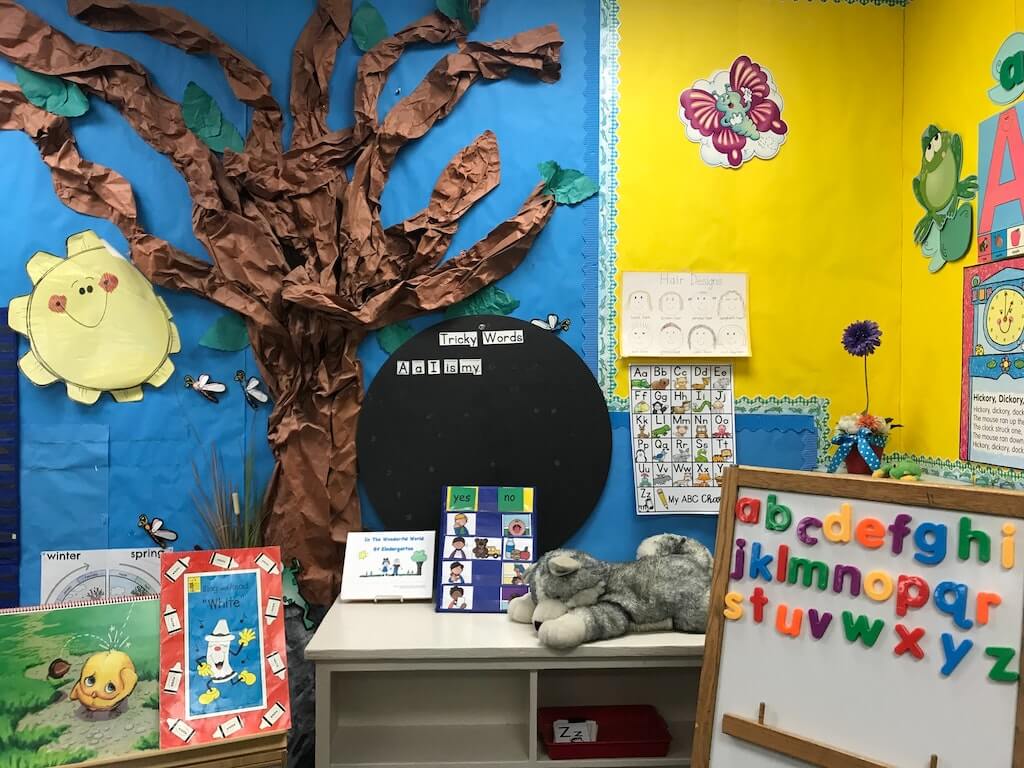In May, the House of Representatives passed the One Big Beautiful Bill Act, broadly affecting higher education.
Title III of the Act consisted of various proposed changes to existing legislation from the House Committee on Education and the Workforce, organized in specific subtitles. These are:
- Subtitle A – Student Eligibility
- Subtitle B – Loan Limits
- Subtitle C – Loan Repayment
- Subtitle D – Pell Grants
- Subtitle E – Accountability
- Subtitle F – Regulatory Relief
- Subtitle G – Limitation of Authority
The Process of Budget Reconciliation
The primary purpose of the House bill is to pass a proposed budget. To reach an agreement sooner, the Republicans sent the bill to the U.S. Senate under the procedure known as budget reconciliation, which requires the Senate to review and approve the bill in no more than 60 days, and without requiring a vote of more than a simple majority of 51-49.
The Senate has a previously approved process named the Byrd Rule for budget reconciliation. The late Senator Robert Byrd of West Virginia proposed that the Byrd Rule prohibit extraneous measures in budget reconciliation legislation. The Senate’s Parliamentarian, Elizabeth MacDonough, has already ruled that several provisions are ineligible.
The budget reconciliation process also requires that the original bill submitted to the Senate not be substantially changed. Ultimately, the House will have to concur with some of the adjustments, both legislative bodies will have to agree on amendments to the original bill, and the Senate will have to pass its version that exactly matches the House Bill.
Pell Grants
I previously wrote about the House’s proposed changes to Pell Grants. The Senate HELP Committee released its version of Title III on June 9. The Senate did not limit Pell Grant eligibility like the House Bill did, a change criticized by higher ed leaders as limiting benefits for part-time students. Inside Higher Ed provided a comparison of the two versions.
Accountability: the House Version
The House’s version of Subtitle E, Accountability, proposed implementing risk-sharing for colleges and universities participating in Title IV financial aid programs. The bill’s provisions deferred the implementation of risk sharing to new loans starting in July 2027.
Because student loan borrowers don’t have to begin repaying their student loans until six months after they drop out of college or graduate, outside observers noted that the risk-sharing costs would likely not kick in until 2029 or 2030 at the earliest.
Institutional payments would be calculated by annual cohort and by program. The payments would continue to be calculated until all borrowers had repaid their loans (this could be up to 30 years or more per cohort).
The House bill has a three-part formula to determine the institutional payments. Step 1 looks at each college’s risk-sharing liability, which is the difference between how much students were required to pay during a specific year and how much they actually paid. Critics of the proposal have weighed in, stating that the potential adjustments to this calculation are numerous and problematic since they’re not included in the proposal.
Step 2 is to figure out how much of the risk-sharing liability each college will pay. The proposal calls for an earnings-price ratio (EPR) that compares students’ earnings to the federal poverty line and the college costs. A high EPR means a low final payment. The ratio is multiplied by the liability.
Step 3 provides a risk-sharing offset to colleges called the PROMISE Grant. The total value of Pell Grants received by the college and the graduation rate of Pell-eligible students are used to calculate the PROMISE Grant awarded to each college. PROMISE Grants are funded through the other colleges’ risk-sharing payments.
Colleges are only eligible for PROMISE Grants if they agree to lock in tuition for each freshman class. Colleges that refuse to do this are ineligible for PROMISE Grants.
Inside Higher Ed reporter Jessica Blake provided an overview of the House risk-sharing proposal, which included estimates from different groups regarding the potential financial impact.
Public non-profits have the best chance of benefiting from the rule, and private non-profits have the most potential exposure. A representative of the National Association of Student Financial Aid Administrators (NASFAA) stated that it’s possible some colleges will elect not to participate in the student loan section of the financial aid program.
Accountability: The Senate Version
The Senate Health, Education, Labor, and Pensions Committee (HELP) drafted the higher education portion of the Senate budget bill. The Senate version nixes the risk-sharing calculation and proposes a different plan: colleges would have to pay for their graduates’ unpaid loans via a gainful employment regulation.
The Senate’s version of accountability tracks the median earnings of students, program by program, and compares them to the median earnings of adults aged 25-34 with only a high school diploma. If students earn less than the average earnings of high school graduates for two out of three consecutive years, the program will lose access to federal loans for a minimum of two years.
I think in many cases, colleges enrolling high numbers of low-income students could fail this test if the median income of their graduates were compared to the median income of high school graduates.
Earnings of bachelor’s degree programs would be measured four years after a student leaves a program, regardless of age. Meanwhile, high school graduates won’t be measured until at least seven years after they graduate.
Several people interviewed by Inside Higher Ed were critical of this disparity, noting that younger college dropouts would be at a disadvantage to high school graduates with seven years of experience.
Earnings from graduate degree programs would be compared to earnings from bachelor’s programs in a manner similar to the bachelor’s degree comparison, but the timeframe would be further out.
Notably, the Senate HELP proposal also keeps the original Gainful Employment regulations in place, whereas the House Bill repeals those regulations. Other points noted by critics of the proposal are that the HELP version does not evaluate earnings from completers of credentials programs. Earnings from credentials programs may be the lowest for all graduates and have the highest student loan defaults.
Lastly, critics noted that the existing Gainful Employment programs look at the earnings of program graduates, whereas the Senate version looks at all program enrollees. Given that there are virtually no limitations on program changes for the first two years, I agree with the critics that the measures should look only at graduates.
A Few Thoughts
I concur with critics of the House’s accountability proposal that the proposal, as currently written, contains too many unknown variables. Based on my experiences, I’m not sure that the systems currently in place and maintained by the Education Department would be able to be rewritten to capture and track much of that information.
If the Senate HELP version of accountability is the preferred system, I would propose to eliminate the existing Gainful Employment regulations to avoid confusion. I would also include certificates in the categories of credentials evaluated.
I have written extensively about gainful employment in the past. With a chance to transform higher education, it might behoove the members of the Senate and their staff to examine some of the critiques of Gainful Employment that examined all colleges and all degrees, not just the data from for-profit institutions.
In a research paper authored by Andrew Gillen and his colleagues at the Texas Public Policy Foundation, they noted that 73 percent of law schools would fail the gainful employment regulations. The graduates of law schools and other graduate programs represent 15 percent of all borrowers, with approximately 40 percent of student loan debt.
I concur with other critics that the Senate accountability proposal should measure the earnings of graduates/completers and not include data from dropouts. There are too many reasons why students drop out, and if dropouts are included, fewer students will be admitted to many programs.
I also believe in comparing apples to apples when data is utilized. The current Gainful Employment data and the data included in the College Scoreboard only use earnings data from students who borrow or receive Pell Grants. Earnings data from all completers, especially those who do not borrow, should be included.
I suspect the earnings data from all program completers will be higher than those from borrowers/Pell Grant recipients. Nonetheless, colleges should be measured based on the earnings of all completers, not just borrowers.
If Congress wants to separate the outcomes between borrowers and all completers, I’m okay with that. It might lead to a discussion about the ongoing earnings gap between higher- and lower-income families.
I have a problem comparing the median income of the completers with the average income of the high school graduates. For an apples-to-apples comparison, it should be median to median. It appears that the word “average” was changed to “median” in the latest Senate bill language.
If the proposal is changed to measure completers only, I have a slight problem with the age difference between a bachelor’s degree completer’s earnings after four years and a high school graduate’s earnings between 7 and 16 years after graduating from high school.
If the proposal had remained at the median to average, the age ranges would be too far apart to provide a meaningful comparison.
The One Big Beautiful Bill includes many items affecting higher education. While the respective committees for both sides have analyzed the proposals and currently have varying approaches, the pressure to sign the bill before July 4 may cut off appropriate consideration of the right measurements.
I hope some of the critics’ concerns, as well as some of my concerns, are considered. It’s better to have a measurement done correctly than to try to fix it after it’s been in place for several years.
